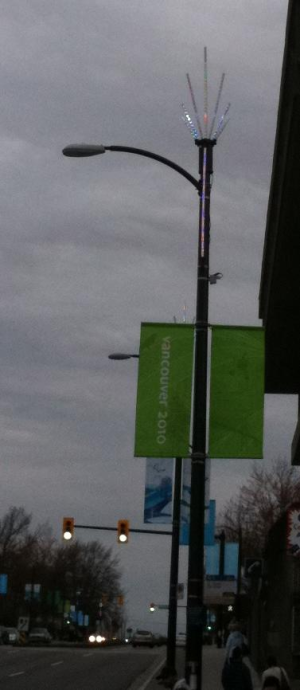I'm not sure CSA is required in that instance. I believe you can get an inspection certificate from someone that allows it to be used for say a trade show. I'll ask a friend.The part I can't wrap my head around is that if I design say a new luminary that is well designed to all applicable standards hence is safe, not only can I not sell it, I can't even power it up at a trade show without a CSA inspection or I'm breaking the law and am fully liable, yet big box stores are selling countless unapproved unsafe products by the thousands.
The problem is a lot of people don't understand that say a ventilation hole/slot cannot be set so that a screw driver inserted into that touches live power. Etc. Etc. Etc. So it's also knowing all the rules.



